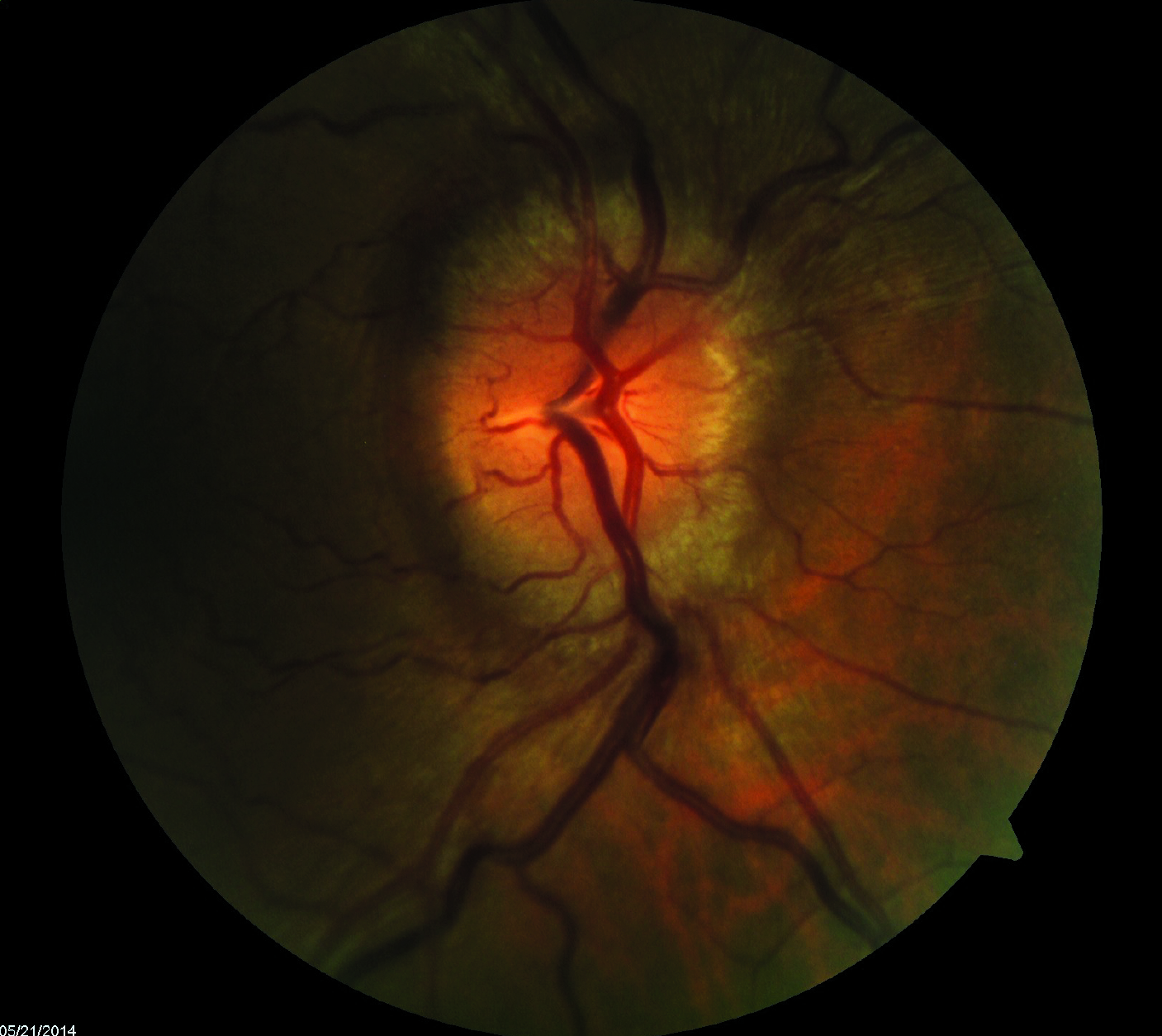 |
|
Experts recommend men with IIH undergo polysomnography testing for OSA. Click image to enlarge. |
Hypercapnia, or abnormally increased arterial carbon dioxide tension, has been suggested as one possible cause of increased intracranial pressure in patients with obstructive sleep apnea (OSA); however, researchers of a recent study reported that this is unlikely. They compared OSA rate and severity as well as hypercapnia rate in men with and without idiopathic intracranial hypertension (IIH) and found no difference between men with IIH and controls.
The prospective, case-controlled study included 11 male patients diagnosed with IIH (nine had OSA) and 10 BMI- and age-matched male controls (four had OSA) with a mean age of 42 and a mean BMI of 33.8kg/m2. Participants underwent polysomnography with oxygen and carbon dioxide monitoring overnight.
The researchers reported no statistically significant difference in hypercapnia and hypoxia rates between the two groups. All patients and 50% of controls with a BMI greater than 30kg/m2 were diagnosed with OSA vs. 50% of patients and 33% of controls with a BMI less than 30kg/m2. The researchers also noted that BMI was a significant predictor of total apnea hypopnea index and OSA severity, but IIH diagnosis was not.
The researchers concluded that BMI was the strongest predictor of OSA diagnosis and severity in their study. They noted that OSA is more common among men with IIH than without, even at lower BMIs. While the common pathophysiology of these conditions is uncertain, the researchers recommended that all men with IIH undergo polysomnography for OSA diagnosis.
Kabanovski A, Chan A, Shapiro C, et al. Obstructive sleep apnea in men with idiopathic intracranial hypertension: a prospective case-control study. J Neuro-Ophthalmol. November 1, 2022. [Epub ahead of print]. |


